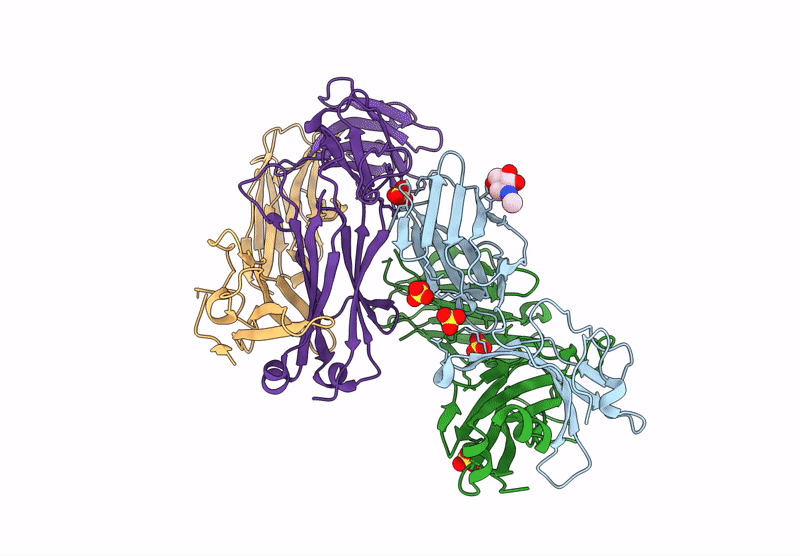
Deposition Date
2024-05-28
Release Date
2025-01-01
Last Version Date
2025-03-26
Entry Detail
PDB ID:
8ZO4
Keywords:
Title:
Crystal structure of Tfh TCR ectodomain thermostable mutant
Biological Source:
Source Organism:
Homo sapiens (Taxon ID: 9606)
Host Organism:
Method Details:
Experimental Method:
Resolution:
2.60 Å
R-Value Free:
0.27
R-Value Work:
0.22
R-Value Observed:
0.22
Space Group:
P 32 2 1


